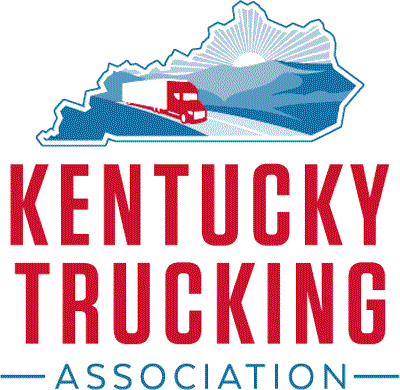One issue that should be on everyone’s mind is the state of our recovery, including the shortage of parts for our trucks, leading to problems purchasing new trucks. If we order trucks today, they will probably be delivered in the late spring, early summer of 2022, or longer, depending on the spec you have on your truck. That is a major problem in our industry.
New truck builds have been slowed down or stopped by building material constraints and persistent supply chain problems. Trucks, like other vehicles, use semiconductors, and semiconductors have been the most highly publicized shortage caused by the pandemic. Semiconductor shortages are expected to continue into 2022. Tires, O-rings, and forged parts such as blocks and housings have been affected by volatile prices for steel and rubber.
Why is rubber a problem? China has been stockpiling it, and rubber trees have been affected by flooding and disease. It’s also hard to find truck mirrors, plastic parts and wiring harnesses.
Lead times for parts that used to be measured in days are now measured in weeks. Other problems include:
- A worker shortage, which means not having enough people to use steel and other raw materials to build hard parts and problems finding enough employees to build the trucks
- Union walkouts in places such as the Volvo Trucks North America factory in Dublin, Virginia
- Manufacturing price increases
In fairness, it is hard for manufacturers to find the sweet spot between a fair price and being profitable. Material prices are so high that some manufacturers have delayed placing orders because they hope part prices will go down again after the shortages ease up. But prices may not go down anytime soon.
How bad is the shortage? In July 2021, vehicle makers built 14,920 Class 8 trucks in North America. The truck backlog for July 2021, at 262,100 orders for Class 8 trucks, was three times bigger than in July 2020. Auto manufacturers are moving semiconductors from smaller trucks to Class 8 trucks because of the demand for Class 8 trucks. They are also working hard to communicate with customers about delays.
Truck owners sometimes cannibalize other trucks for parts or check supplies on the other side of the continental U.S. to see whether they can find what they need. If they need tires, sometimes they keep using the tires longer than they normally would — a necessary economy, maybe, but also dangerous.
Freight demand is strong, so North American trucking companies ordered 36,900 trucks in August. That is a 90% increase over August 2020. Used equipment prices went up, and (since fleets usually place big equipment orders in the fall), the shortage is likely to worsen.
Some carriers ordered key parts and the most commonly used hard parts, such as water pumps, engine sensors and turbos, in early 2021. Their preparation allowed them to get through some supply chain disruptions, but the market has gotten even more constricted since then. Many companies have increased their stockpiles of necessary parts, and they are also increasing the number of parts they consider necessary. Currently, sourcing parts can be done, but it involves extended lead times. Buyers who are used to complaining about fulfillment rates at 80% or less are now grateful for 30% fulfillment rates.
Put the shortages in context. Cars have about 30,000 parts. I don’t know how many parts are in trucks, but I am pretty sure the number is more than 30,000. There’s a tier system to provide OEMs with those parts. Tier 1 suppliers sell to OEMs. Most have a close business relationship with one or two OEMs, but they may also have a more distant relationship with other OEMs. Tier 2 suppliers don’t sell directly to OEMs, but their parts often wind up in cars anyway. Tier 3 suppliers sell raw or close-to-raw materials. The shortages have affected all Tier 2 and Tier 3 suppliers.
Stockpiling is a natural reaction to shortages, but some large companies have taken out loans so they can spend three times as much money as usual on parts this year. They want to prevent shortages during the next three years. But their stockpiling strategy causes problems for smaller companies that can’t spend that kind of cash on parts. It’s like someone buying all the available toilet paper and leaving empty shelves for everyone else.
Key relationships with parts suppliers have been important. If you can be proactive and call the right person about a part that isn’t generally available, sometimes you can find one after all. But as time goes on and supply chain problems persist, it is harder to make that call and still be successful. And there are other problems, too. For example, you might find aftermarket parts, but they often won’t be covered by a warranty. However, you might not care about a warranty if that’s the only way to get a key part.
The hardest problems are always the ones where you can’t take care of them alone, and you have to rely on other people. But fortunately, KTA members are not alone. We want to help you stay in business. It is a tremendous advantage to have help from the association, and we want you to know that we are aware of your business challenges.
Let’s work together to solve these difficult problems.











